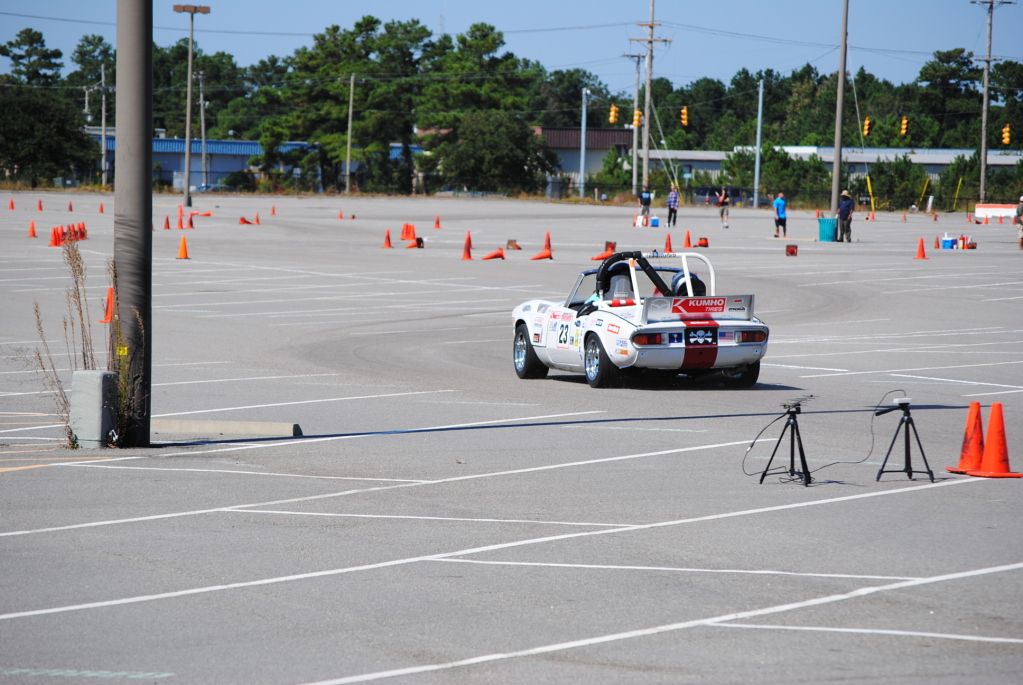Knurled wrote:
Toyman01 wrote:
Keith Tanner wrote:
Laymen have a hard time distinguishing between lag and spool up time.
Semantics, either way, you are waiting on boost pressures to climb.
I think what you are describing is just driving the engine outside of its powerband, which is something easily fixed by shifting into the proper gear.
Exactly. A naturally aspirated engine with high specific output usually has a cam profile that means you need to spin it to make power.
Example! I've had several examples of Miata 1.6.
Here are three dyno charts of Miata 1.6 engines making around 150 rwhp.
This one's naturally aspirated. High compression, fairly hairy cam, individual throttle bodies, etc. The two runs compare two different length velocity stacks which is interesting on its own.

This is another one with a Roots supercharger and a turbocharger. This chart actually shows the same car on different days, it's the most direct comparison you can get! For those who care, it's an M45 supercharger and a little GT2554 turbo.

Now, the naturally aspirated engine dyno has SAE correction applied - as it should at 5000' elevation. The forced induction ones are not because the ultimate power of this car comes from the injector size, and corrected numbers would not reflect what would actually happen at sea level.
You can see how the turbo car has just as much going on at 3000 rpm as the naturally aspirated one does. More, really, as the N/A engine is corrected. So spoolup is obviously a problem on naturally aspirated engines  You need to be "on cam" for the engine to perform, the spool up is no different. And of course, spool behavior on a smaller turbo is not an all-or-nothing thing. The turbo may not make peak boost until 3700 rpm (in this case) but it's making some boost just off idle and the boost level continues to rise.
You need to be "on cam" for the engine to perform, the spool up is no different. And of course, spool behavior on a smaller turbo is not an all-or-nothing thing. The turbo may not make peak boost until 3700 rpm (in this case) but it's making some boost just off idle and the boost level continues to rise.
Now, if you have a big max power turbo, the transition will be more abrupt when you get to the spool point. Just like a "full race" cam will hit hard. No difference there.
Once you're above that boost threshold, lag comes into play. That's the delay between you asking for full power and it being delivered. It's usually pretty small and you can adapt to it very, very quickly.
Now, of these three engines, the turbo is the fastest one. And it cost the same as the supercharged version. The naturally aspirated version is the most expensive - but it's also the most glorious to drive. It's the most operatic engine I've ever driven. So much fun, so characterful, so annoying if you let it drop below 4000 rpm coming off a corner.
BTW, on Roots vs screw superchargers, the screws are more efficient at full boost but less efficient at partial boost. Not an issue for a drag car, but more of an issue for street cars as they can heatsoak more than you'd expect.







































